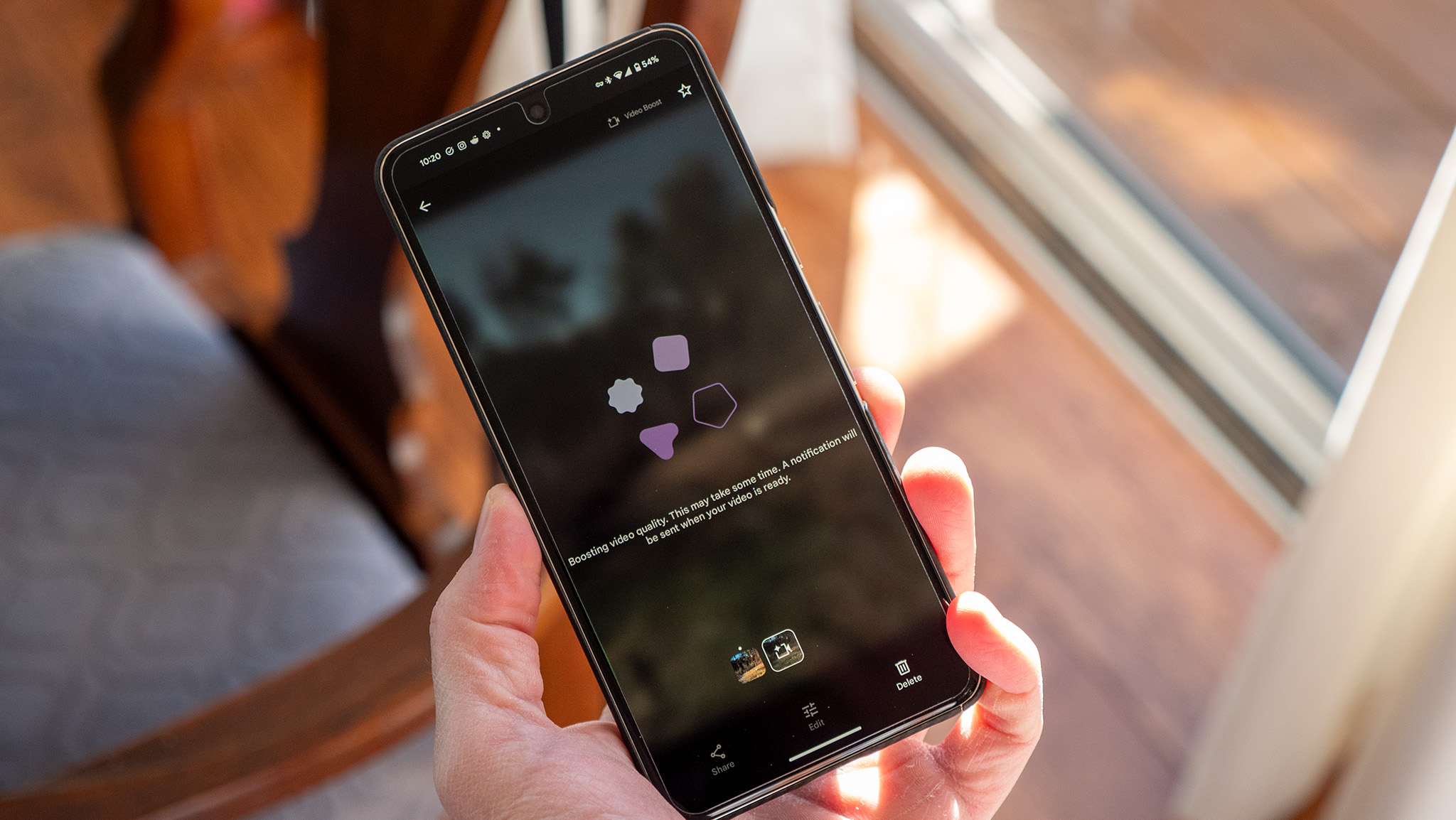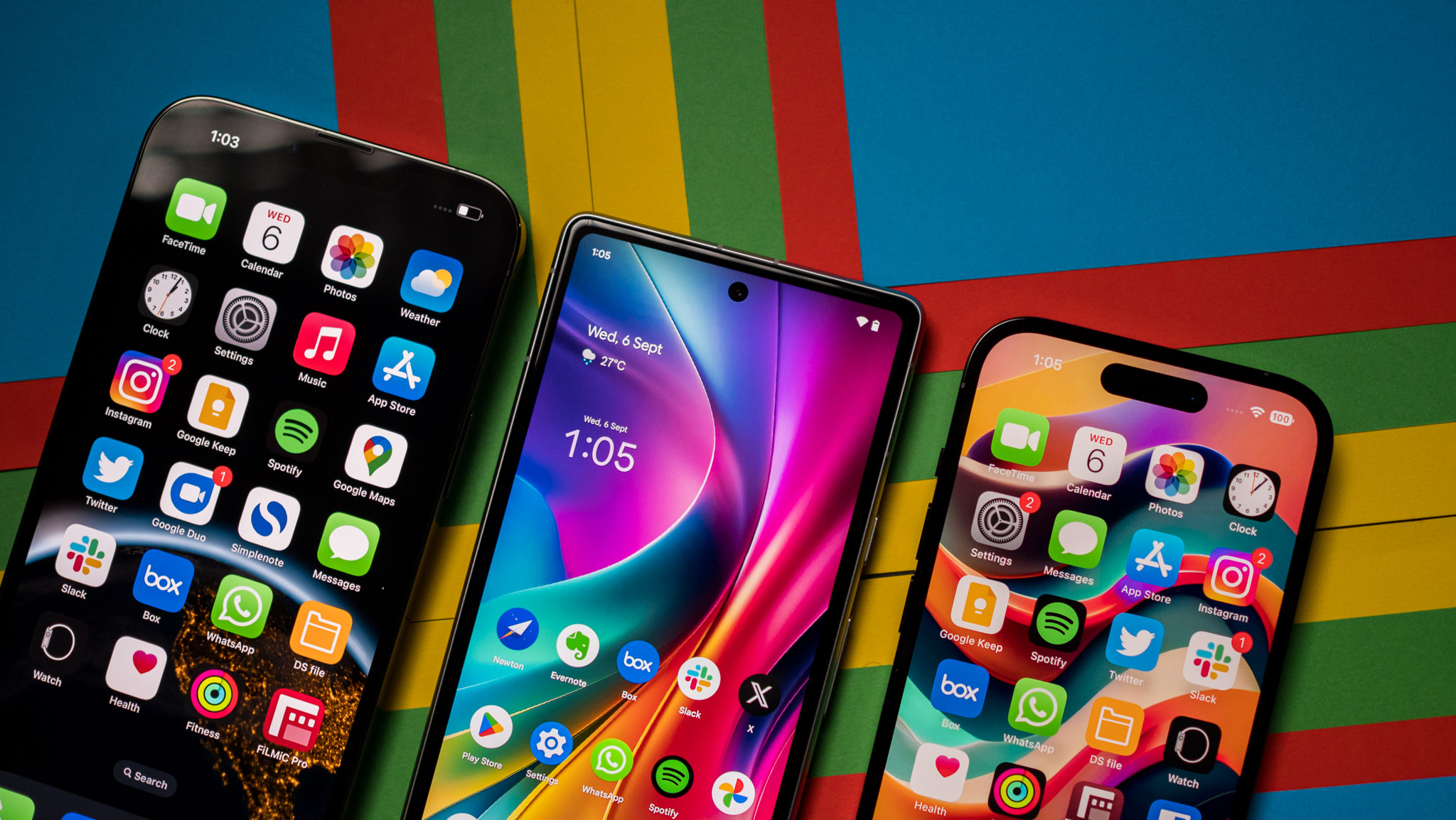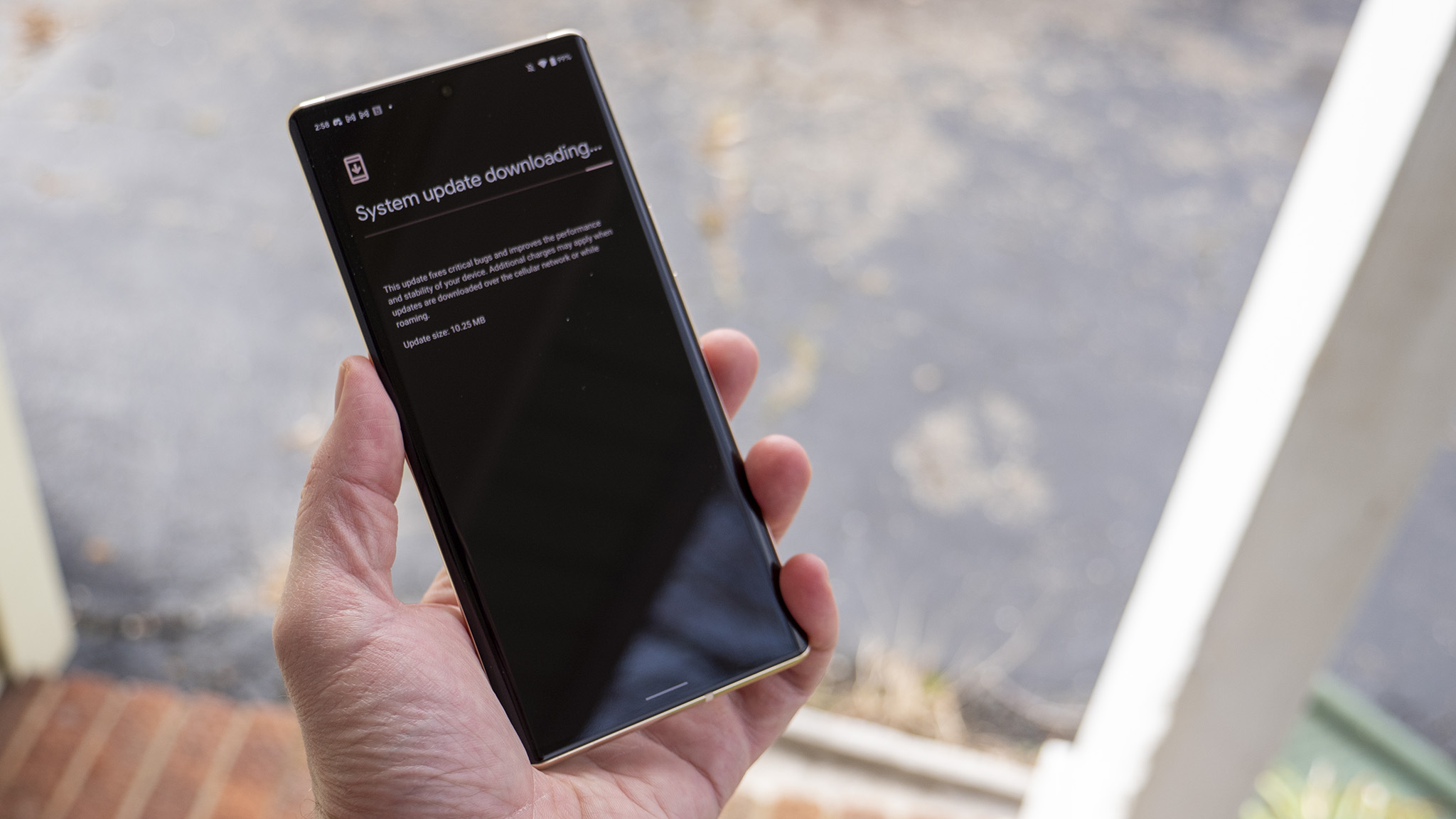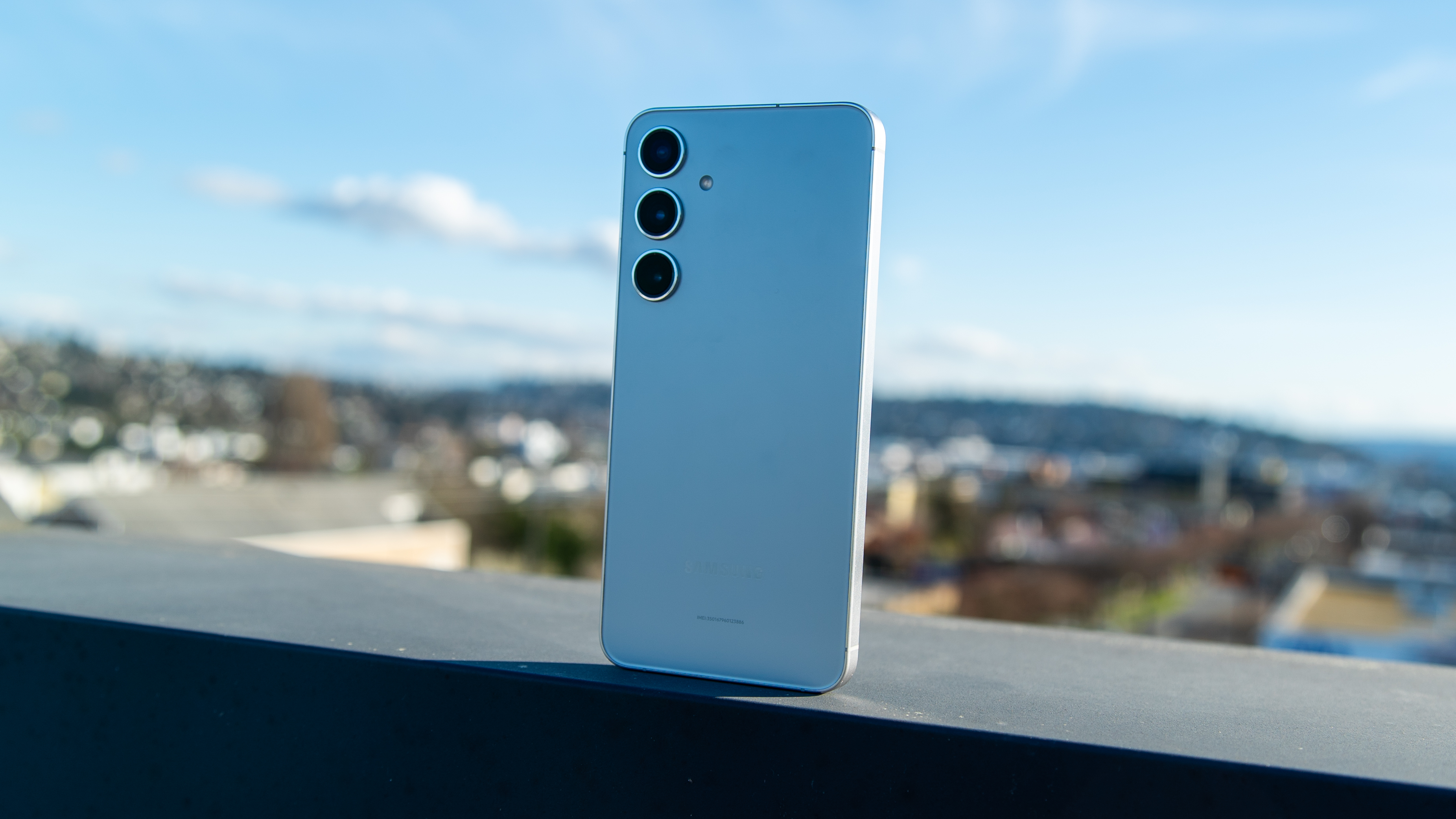Historically, Android phones have not had a long lifespan. The race to launch new phones means most older models lose software support long before their hardware becomes obsolete, and some phones from the past never see software updates.
Things are gradually getting better, and you can expect a certain level of future-proofing when buying a new Android phone. Update commitments range from two years for the likes of Sony or Realme to seven years for the Google Pixel 8 and Samsung Galaxy S series phones.
How important is this? Will it influence your next buying decision?
Features and controls

It’s important to remember that even if your Pixel 8 will receive the Android 21 update, it may not have the same features as the Pixel 15. This isn’t necessarily a bad thing, though. Due to hardware limitations, the Pixel 8 will not be able to support all new features coming with future updates to the operating system. This is not an opinion, just a fact.
The Pixel 8’s internal hardware won’t be able to support all the new Android features in the new version of the operating system. But that’s not the case – making sure new software runs well on seven-year-old hardware isn’t easy.
To achieve this goal, Google is slowly changing Android in the right direction. The term “gatekeeping” is typically used to refer to situations where a company retains features of an older product in order to sell more of the new product, but it fits here as well. In order for the software to function properly, operating system functionality needs to be stripped away.
Google can do this in a few different ways. It could build the operating system for the Pixel 8 and exclude overly demanding features, or it could move those features out of the actual operating system. We’ve seen this, and we think many of Android’s features are Google-proprietary add-ons that Google licenses to companies like Samsung.
This can be done on a per-app basis, like Google Photos or Gmail, or things can be bundled into add-on services like Play Services. Doing this makes manufacturers want to use officially licensed versions of Android rather than free and open source versions, but it also makes it easier to make them unavailable or optional for older hardware that might not work well with them.

Google may need to go further. Not long ago, Apple famously “restricted” iOS on older iPhones, and while it wasn’t very consumer-friendly, the idea was right.
Apple has to limit performance because the older hardware isn’t powerful enough, and it means the battery wears out. I know this is a controversial point, but wouldn’t it be better to wait a second or two for an app to open than having to charge your phone twice as often?
Apple made a mistake, and where Google must do better is messaging. No one wants to hear that a software update slows down the phone’s processor or prevents the battery from fully charging. If a company feels it must do this for performance reasons, it needs to be upfront about this. If Google does this and tries to hide it, it will be sued just like Apple.
this is still a good thing

Getting seven years of updates is great, even if it doesn’t mean you’ll have any of the crazy stuff Google dreams up between now and 2030. For most people, blocking functionality doesn’t even matter.
You might think Google is being dishonest because the Pixel 8 won’t get “full” versions of all future OS updates, and you’ll be left trying to find ways to sideload all blocked content. This is cool and might even be a fun project. But if this is your goal, you know you’re not an “average” consumer.
Most ordinary people don’t know or care about the details and minutiae of Android updates. They like having a new user interface or a fancy way of changing their phone’s wallpaper, but want everything to work just like before.
It should be reassuring to hear Google say your phone and information are more secure than ever and bug-free in software always It’s more important to get fixed, but not screw everything up. “Ordinary people” are the people that companies like Google want to please.

Seven years of software support means new apps will run, your phone’s software will look and feel like a new model, and you may not want or need to buy something new.
Of course, Google wants to sell as many phones as possible, but happy customers are more important. Google wants you to continue using its software and services because that’s how the company makes money. Since every Android phone worth its salt sold in the West comes with Google software, the company has a unique advantage over other phone makers.
Most of the “how it works” is the same for Samsung, which promises seven years of updates for Galaxy S phones (starting with the Galaxy S24) as they, too, will be limited by older hardware. This will mean lower sales of high-end phones in the future, so Samsung will have to be more creative when it comes to making money. Of course they have a plan.
The most important thing to remember about all this is that you’ll be able to replace the battery in your Pixel 8 in 2030 and keep using it. Small details matter, but this is a win for all consumers.
If you’re a cell phone addict like many of us, you can buy a new phone every year because you know your old one will be worth a few bucks more because it still has a lot of life left in it.